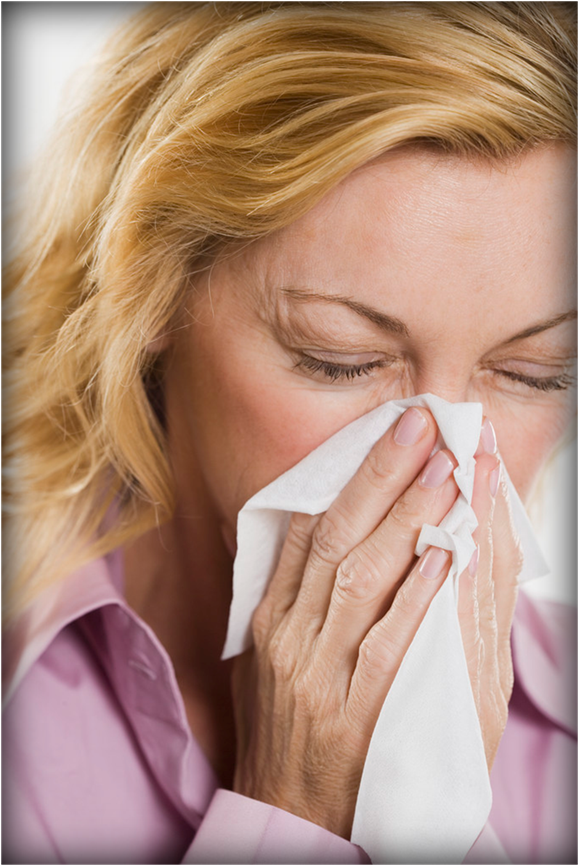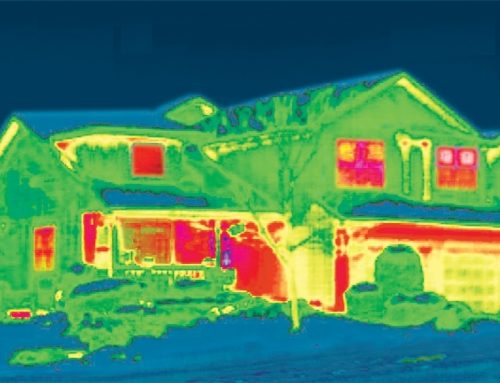Did you know that a large percentage of allergies are directly related to indoor dust – the same dust that settles on your window blinds? It’s especially important to vacuum and dust your home regularly if you or anyone in your home experiences allergy symptoms. Hidden in dust is the pesky dust mite. According to Dust Mites.org, it’s been estimated that 70% of all allergy sufferers are allergic to dust. Allergies to dust mites can cause rhinitis, conjunctivitis, uticaria, and eczema.
Dust mites feed on dead skin cells that have sloughed off people and pets. They thrive in temperatures between 65° and 76° F and 70-80% humidity. While it’s almost impossible to completely stop them, they can most certainly be contained.
The following recommendations will help:
- Clean dust from hard surfaces (window sills and frames, blinds, baseboards, tables, and door frames) with a damp microfiber cloth. Microfiber cloths will pick up more dust than other types of cloths, and using them wet will hold the dust and prevent it from circulating.
- Thoroughly vacuum all upholstered furniture and other soft surfaces
- Wash all human and pet bedding in hot water at least once a week. Replace items that are not washable with ones that are.
- Put dust mite-proof covers on all mattresses and pillows.
- Vacuum and mop all hard surface at least once a week
- Consider replacing carpeting with hard-surface flooring. If you can’t or choose not to, vacuum thoroughly at least once a week and steam clean regularly.
- Replace curtains or drapes with shades or blinds. If you can’t or choose not to, wash them often in hot water.
- Keep your home cool and dry. Turn down the thermostat and get a dehumidifier.
- Get rid of all unnecessary items that collect dust, such as books, magazines, stuffed animals and knick-knacks.
- Get an air-cleaner with a HEPA filter.
If you would like further information on just about everything concerning these critters, you can visit http://www.dustmites.org .






